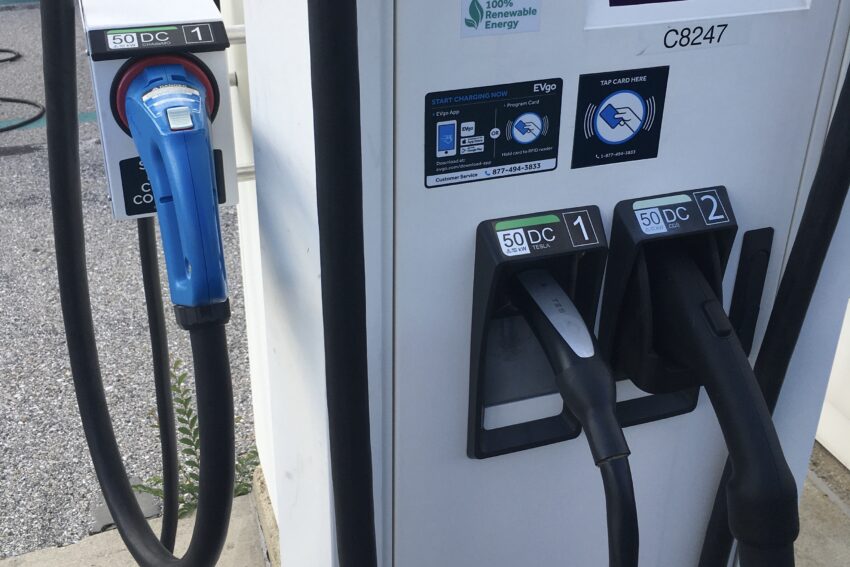What’s Driving the Shift in EV Charging Standards?
The electric vehicle (EV) charging landscape in North America is undergoing a seismic shift, reminiscent of the early days of smartphone charging wars. While the Combined Charging System (CCS, Type 1) has been the dominant standard, Tesla’s North American Charging Standard (NACS) is rapidly gaining traction. In 2023, SAE International standardized NACS, and by 2024, nearly every major automaker—including Ford, GM, Toyota, and Hyundai—has adopted it. This move is expected to streamline charging infrastructure, but it also raises questions about the future of CCS and the challenges of transitioning to a unified standard.
How Are Automakers Adapting to NACS?
Automakers are racing to integrate NACS into their vehicles. For instance, Ford and GM have already started distributing NACS adapters to their EV customers, while Hyundai announced free NACS adapters for its Ioniq 5 and Ioniq 6 models in early 2025. However, Nissan’s Ariya requires an additional step—inserting a plastic piece into the CCS port before using the adapter—highlighting the complexities of this transition. By 2026, most new EVs will come equipped with native NACS ports, eliminating the need for adapters altogether.
What Role Does Government Funding Play in EV Charging Infrastructure?
The federal government has allocated $7.5 billion to build a reliable EV charging network across the U.S. This funding is part of the Biden administration’s broader push to accelerate EV adoption. For example, EVgo received a $1.25 billion loan in 2024 to install 7,500 chargers, focusing on fast-charging 350kW stalls. However, political uncertainties loom, as the Trump administration has signaled intentions to roll back EV-related spending, potentially stalling progress.
What Are the Latest Innovations in EV Charging Technology?
Innovations in EV charging are making the process faster and more convenient. Tesla’s V4 Superchargers, capable of delivering up to 500kW, are set to launch in 2025. Meanwhile, Lucid’s Gravity SUV features a 926-volt architecture, enabling 200 miles of range in just 12 minutes of charging. Additionally, ChargePoint has introduced cut-resistant cables to combat vandalism, ensuring a more reliable charging experience.
How Are Charging Networks Expanding?
Charging networks are rapidly expanding to meet growing demand. GM and ChargePoint plan to install 500 fast-charging ports by the end of 2025, while Rivian has opened its charging stations to non-Rivian EVs. Curbside charging is also gaining traction, with startups like Voltpost converting streetlights into internet-connected charging posts in cities like Detroit and New York.
What Challenges Remain for EV Charging Infrastructure?
Despite progress, several challenges persist. The fragmented nature of charging networks often requires users to juggle multiple apps and payment methods. To address this, a universal “Plug and Charge” protocol is set to launch in 2025, allowing EVs to automatically authenticate and pay at compatible stations. Additionally, issues like cable theft and inconsistent charger availability highlight the need for robust security measures and better maintenance.
What Does the Future Hold for EV Charging?
The future of EV charging looks promising but complex. With NACS emerging as the de facto standard, charging infrastructure is poised to become more accessible and efficient. However, the transition will require significant investment and coordination among automakers, charging networks, and policymakers. As the industry evolves, innovations like solar-powered Superchargers and vehicle-to-grid (V2G) integration could further revolutionize the way we charge our vehicles.
Actionable Checklist for EV Owners
- Check if your EV is compatible with NACS and request an adapter if needed.
- Explore charging networks like Tesla Superchargers, Electrify America, and EVgo for reliable options.
- Sign up for universal “Plug and Charge” services once they become available in 2025.
- Monitor government incentives and funding opportunities for EV charging infrastructure.
- Stay informed about new charging technologies and network expansions in your area.
Conclusion
The EV charging landscape in America is at a pivotal moment. With the adoption of NACS, significant government funding, and technological advancements, the infrastructure is evolving to meet the needs of a growing EV market. However, challenges like political uncertainties and fragmented networks must be addressed to ensure a seamless transition. By staying informed and proactive, EV owners can navigate this dynamic landscape and contribute to a sustainable future.
For more information on EV charging standards and infrastructure, visit U.S. Department of Energy and SAE International.
